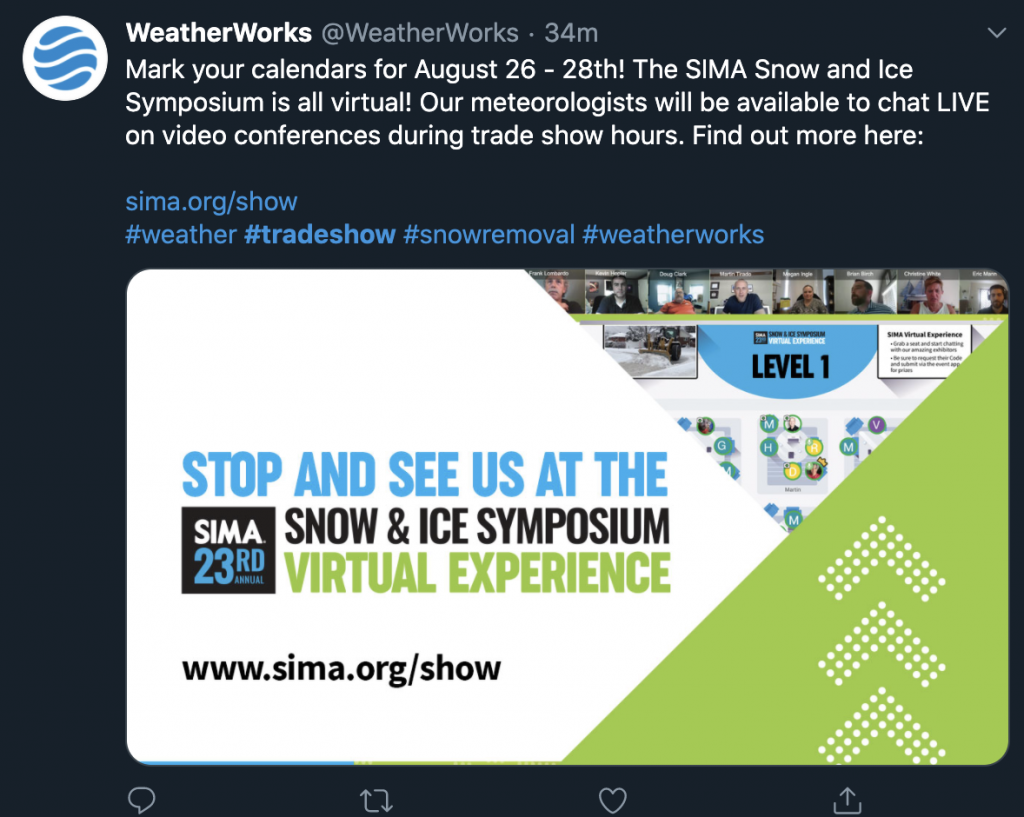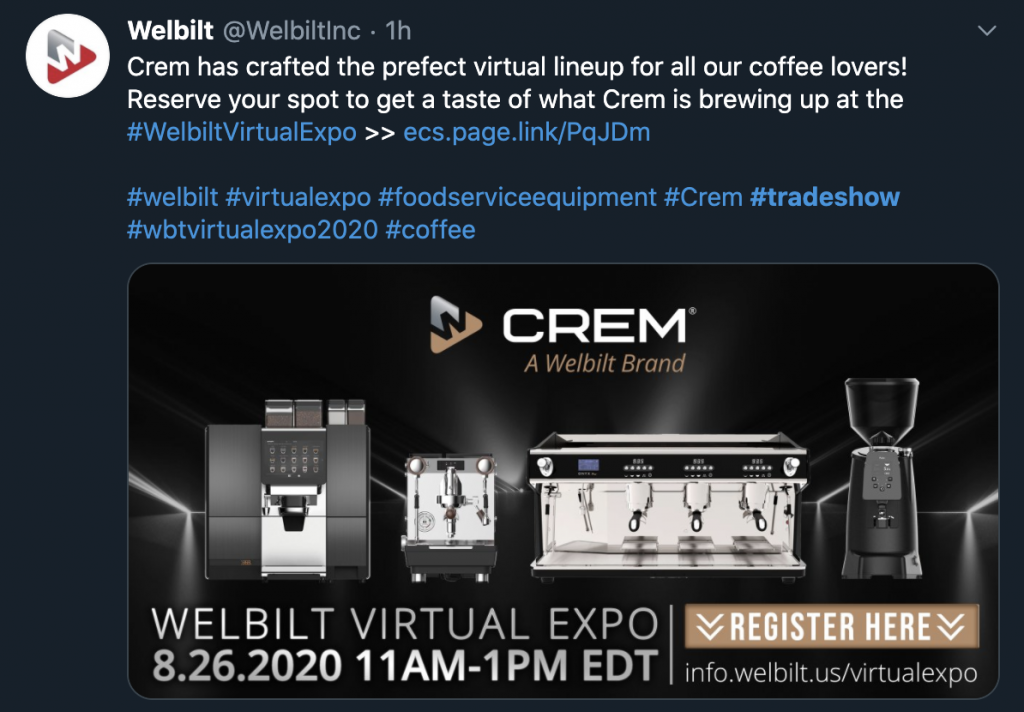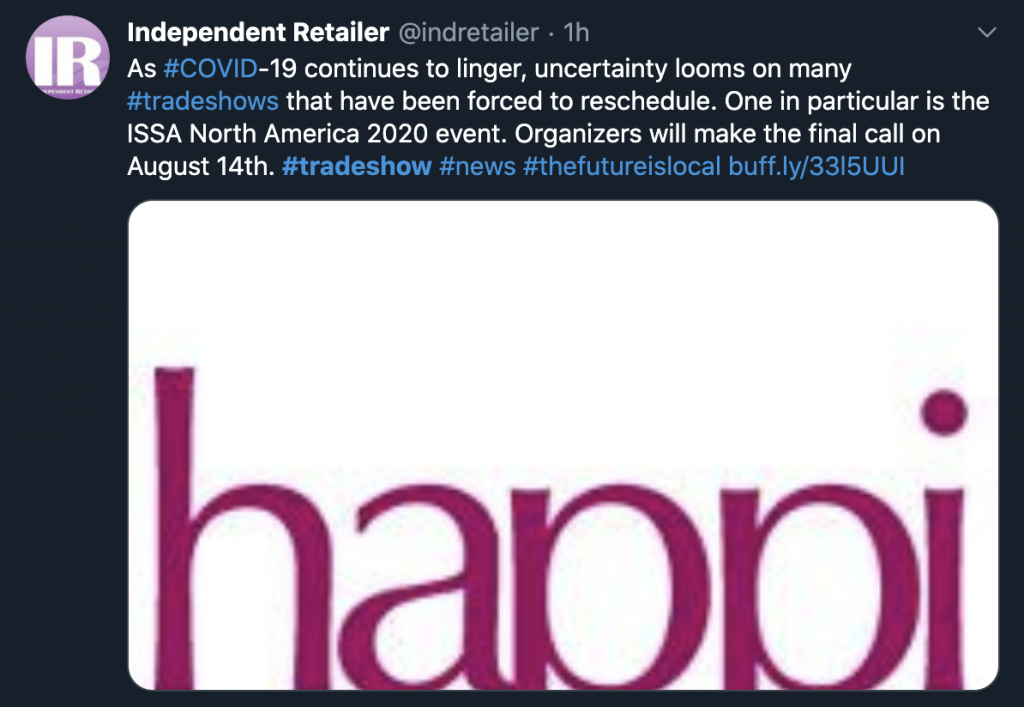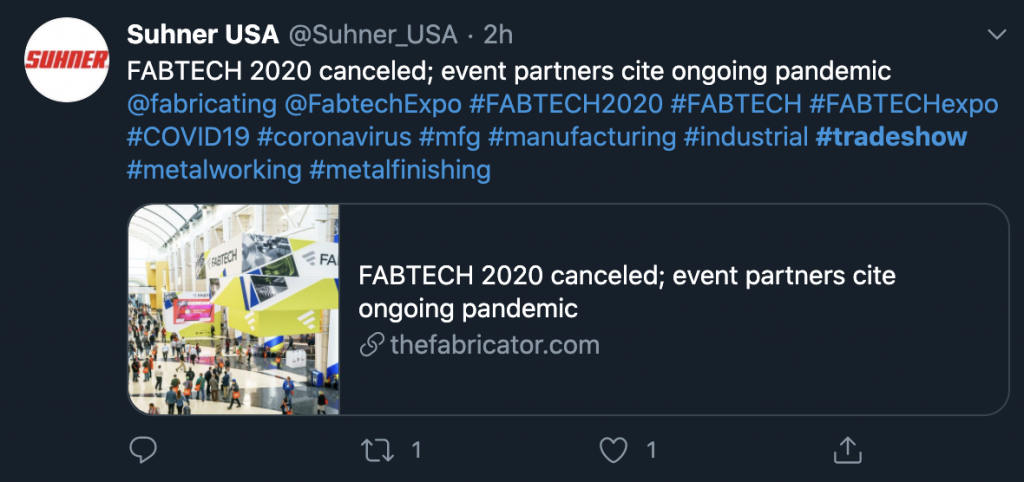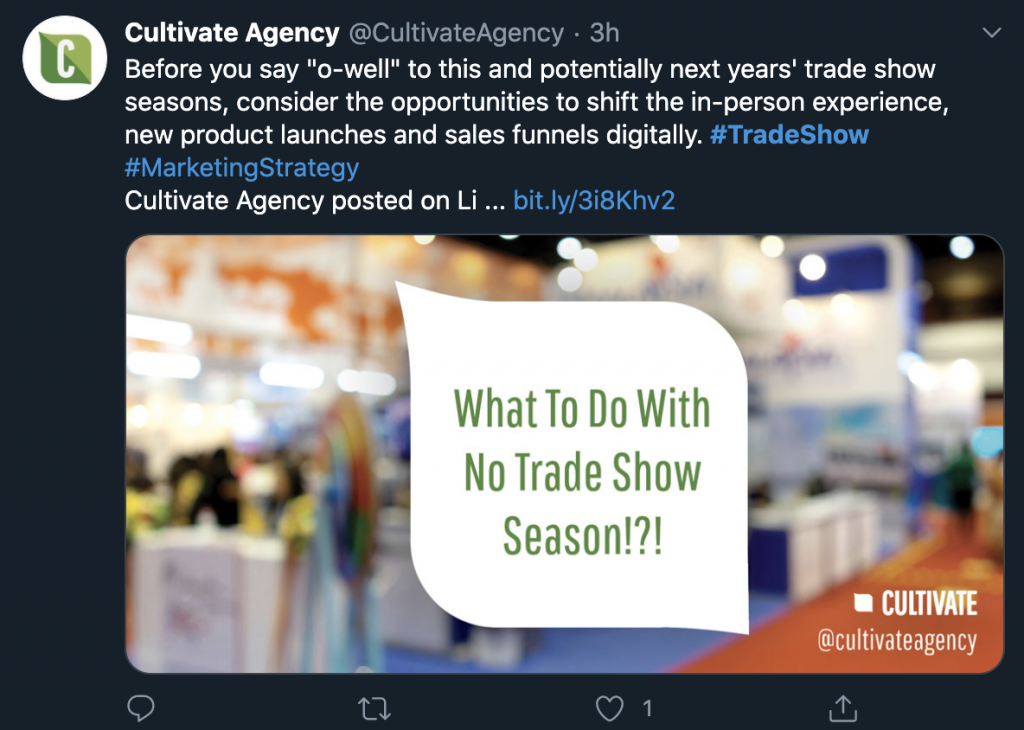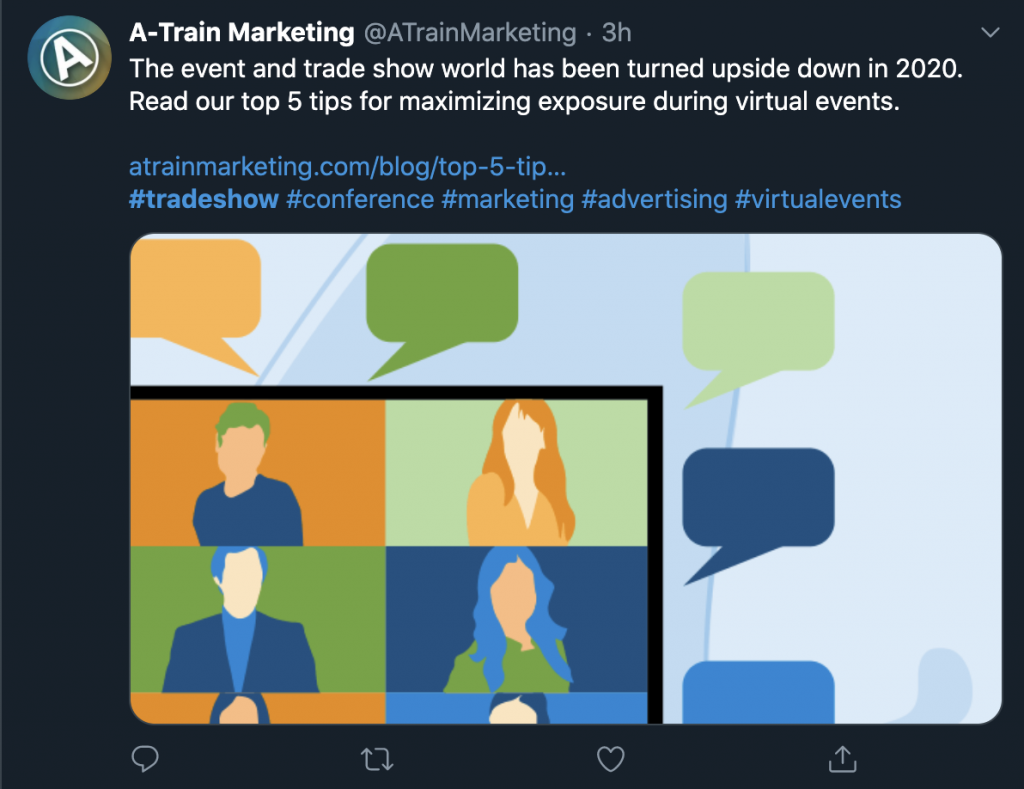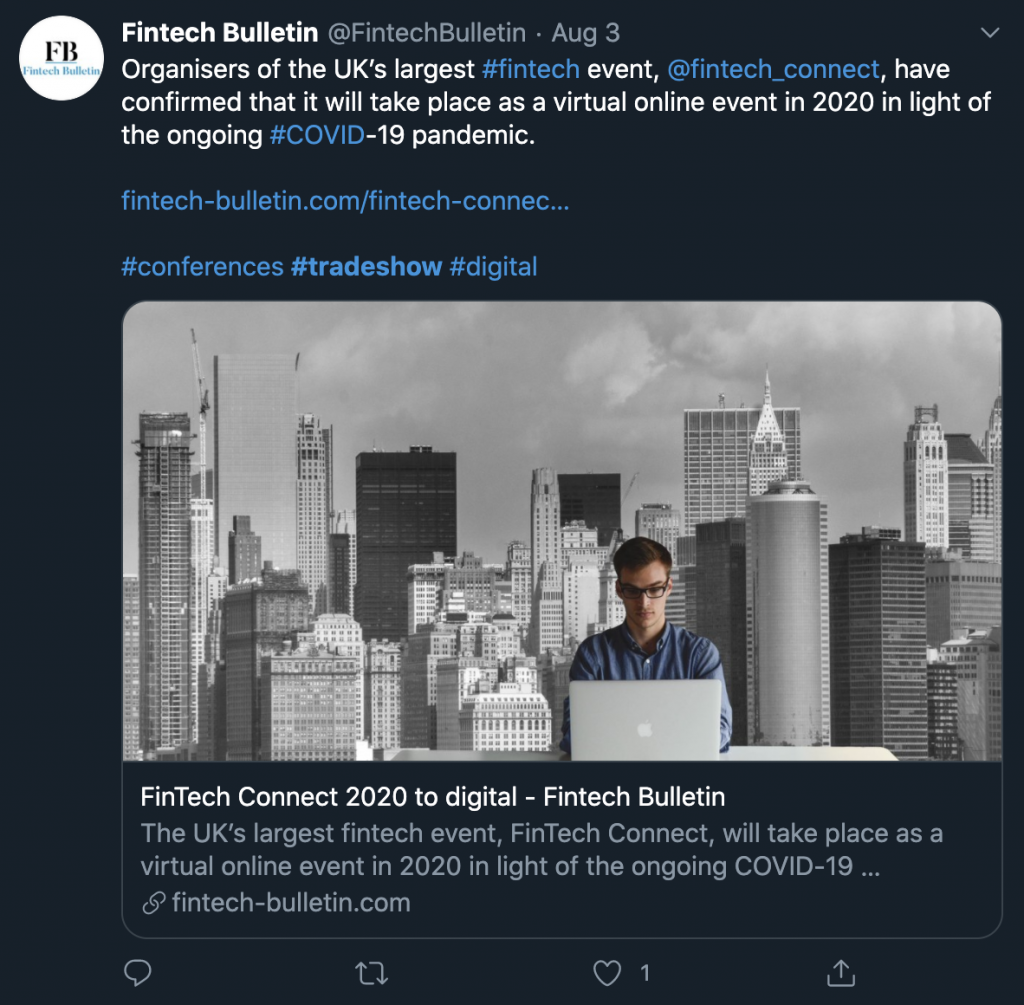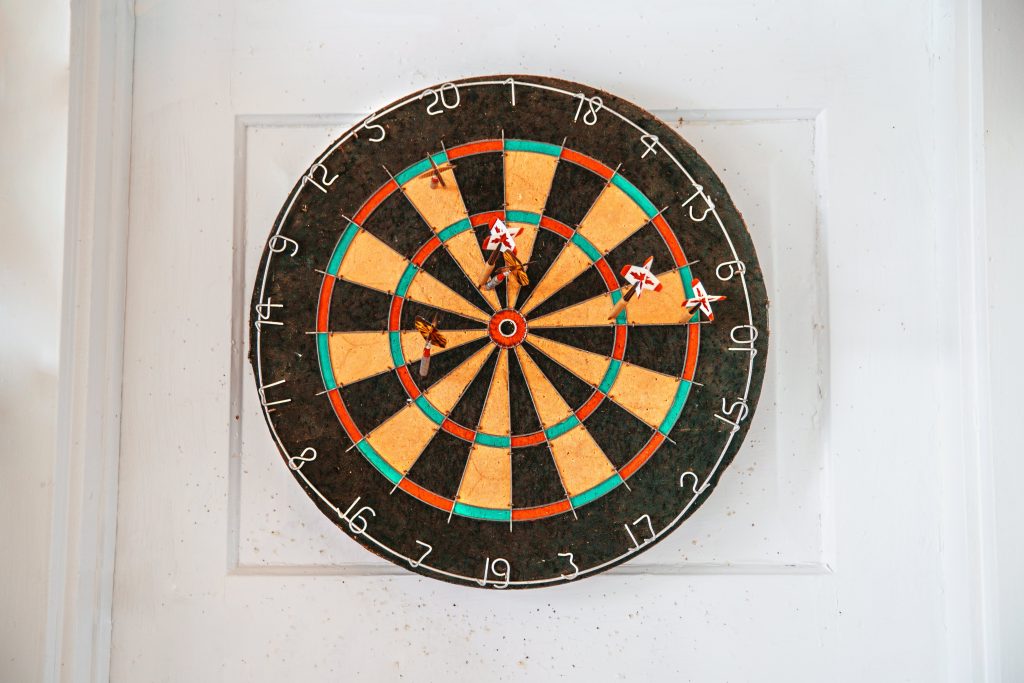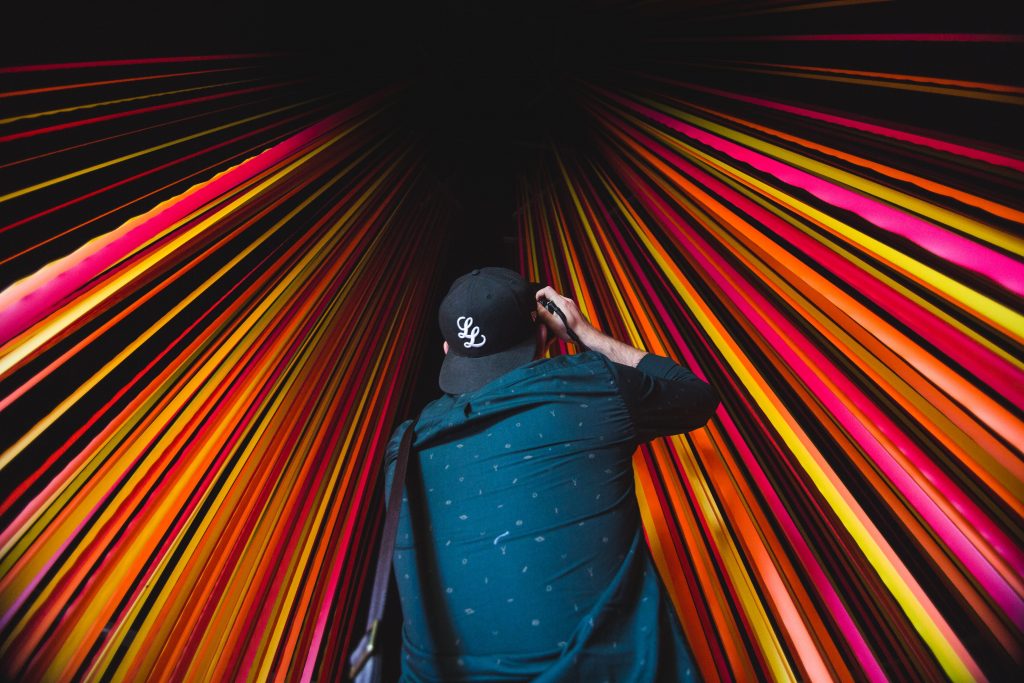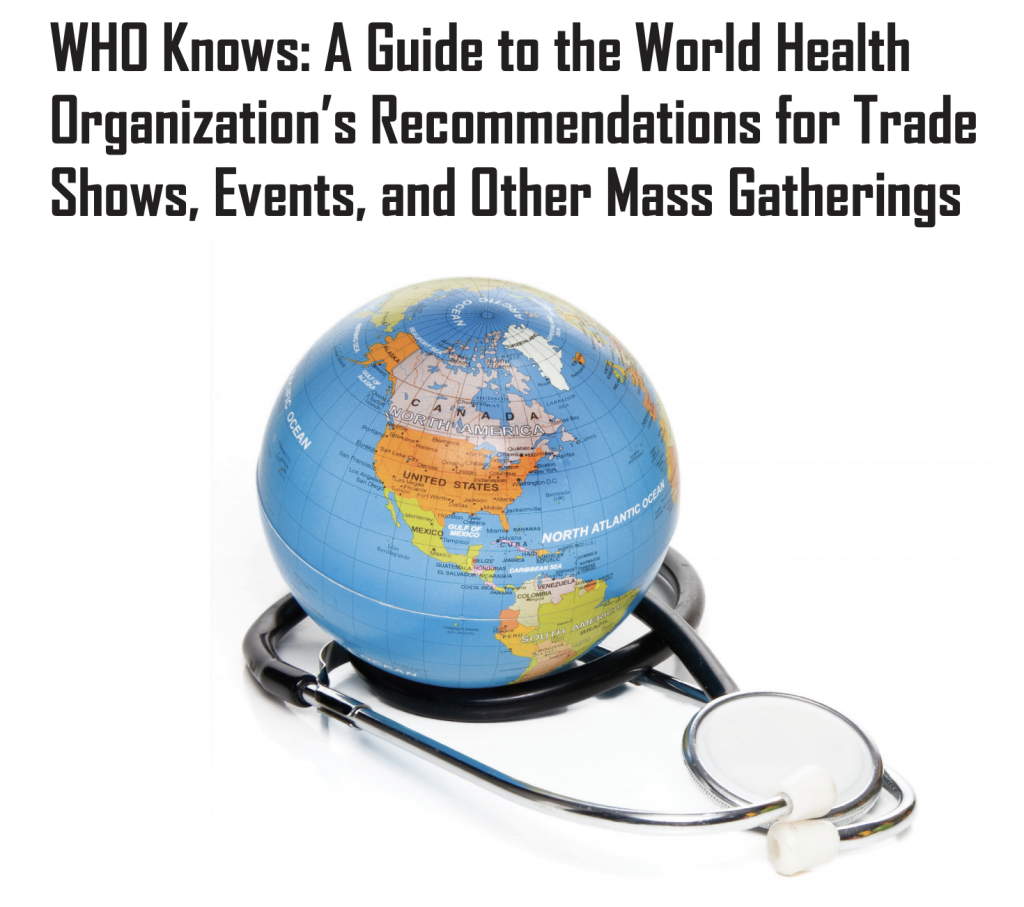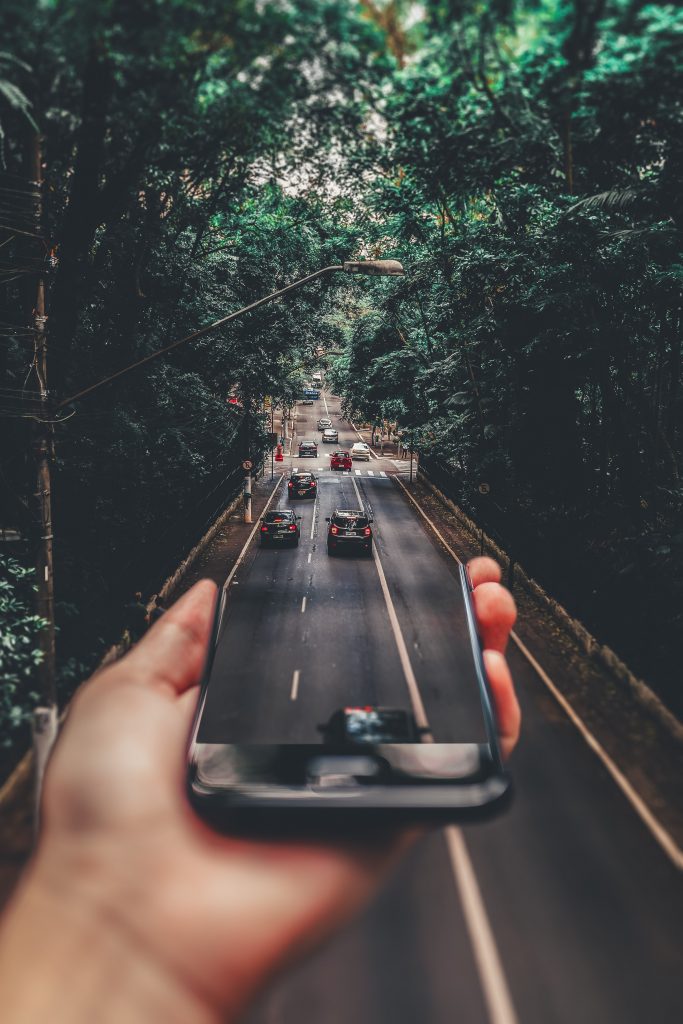How Personal is Your Tradeshow Exhibit?
What kind of question is that, anyway? How personal is your tradeshow exhibit? An exhibit should be the best representation of a brand, which is aimed at a broad market. Isn’t that correct? If that’s the case, it has to have the right graphics with the right messaging. Any images should be chosen to reflect the best your product and brand have to offer. And if all that is true – and I suppose it is – how can your exhibit be personal?
Selling is Personal
Except…selling today is personal. People want to know that you care about them. The challenge is that people don’t really care about your product or service. When it comes to your products, they care about themselves, and themselves only. How do your products or services affect them – personally? The messaging should relate to what they’re going through. As we slowly move back to the tradeshow world with exhibits and face-to-face meetings and larger gatherings, every person is going to have a slightly – or perhaps significantly – different perception of what they need or want. And they’ll have some level of anxiety or distress or challenge in moving forward.
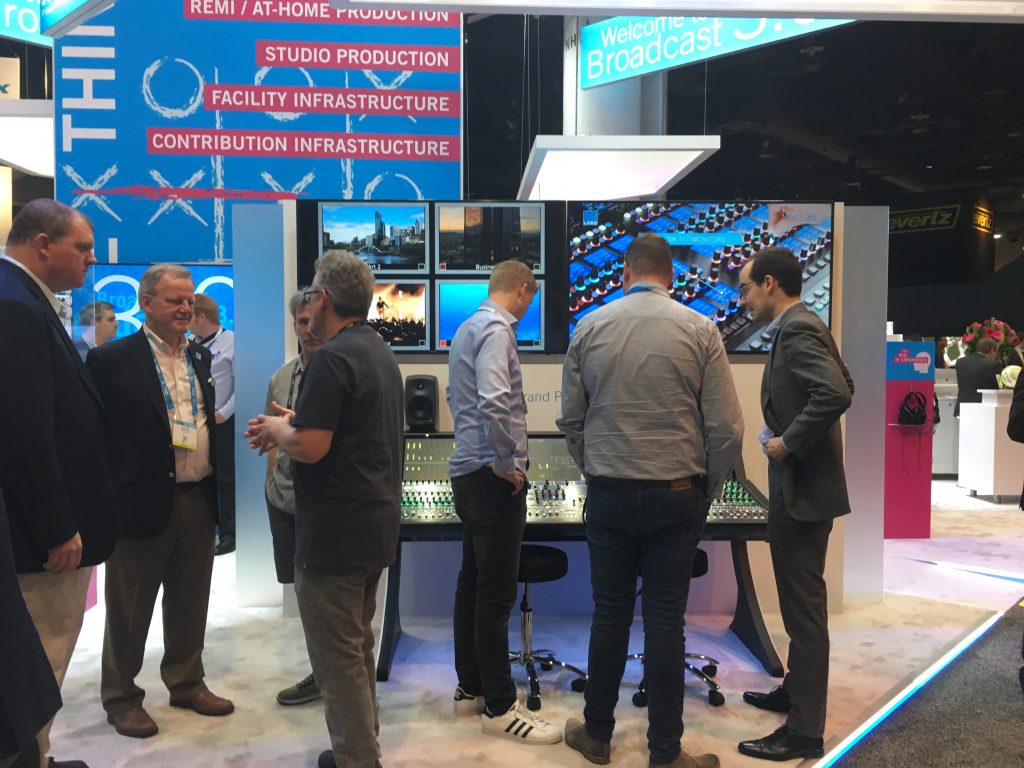
So how do you help them…now? How does your product or service help them…now? What do they need…now?
Your challenge isn’t that you don’t know how to present your products or services. No, your challenge is that you need to understand what’s going on in the mind of your customers and prospects. And the only way to learn that is to ask. In a sense, your tradeshow exhibit should be an invitation to join them. An invitation to walk into their space. Make them feel safe and wanted. There are a million ways to do that. I’m do designer, but I do know how I feel when I walk into a space that welcomes me. With people around that want to see me, and not just to sell me something, but to understand where I’m coming from. And frankly, that’s kind of rare. Maybe it’s food. Maybe it’s a cup of coffee, or a warm smile. Maybe it’s an image that they can relate to that doesn’t look like it’s been chosen out of a stock photo library. Or if it has, it resonates with them.
What makes people buy?
When they finally get to a place where they feel understood. Where they feel you “get” them. Where they feel comfortable and wanted. It’s a bit like belonging to a tribe, but it’s more than that. And less.
It’s personal. What is it your customer wants?
Be creative in how you interact with people. Be creative in how you uncover what’s important to your clients. Learn from them. Then design your next tradeshow exhibit based on what you learned.
It’s not going to be easy. But it’ll be worth it.


